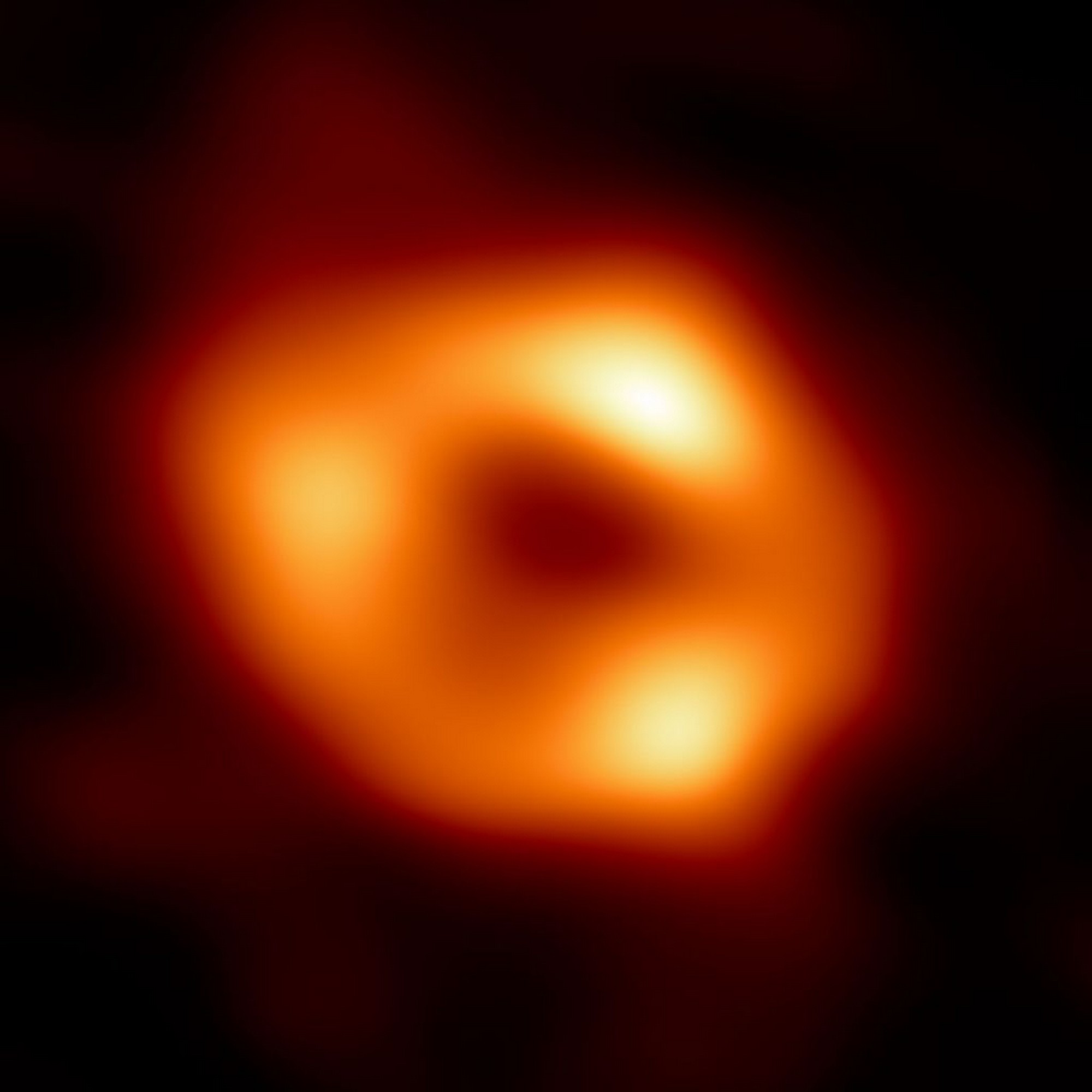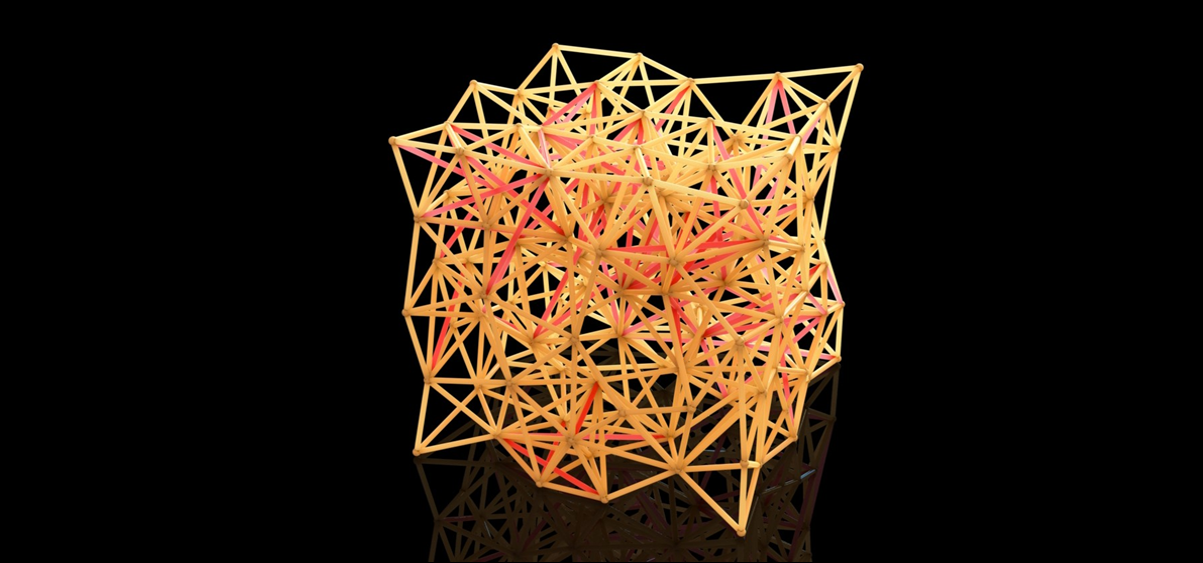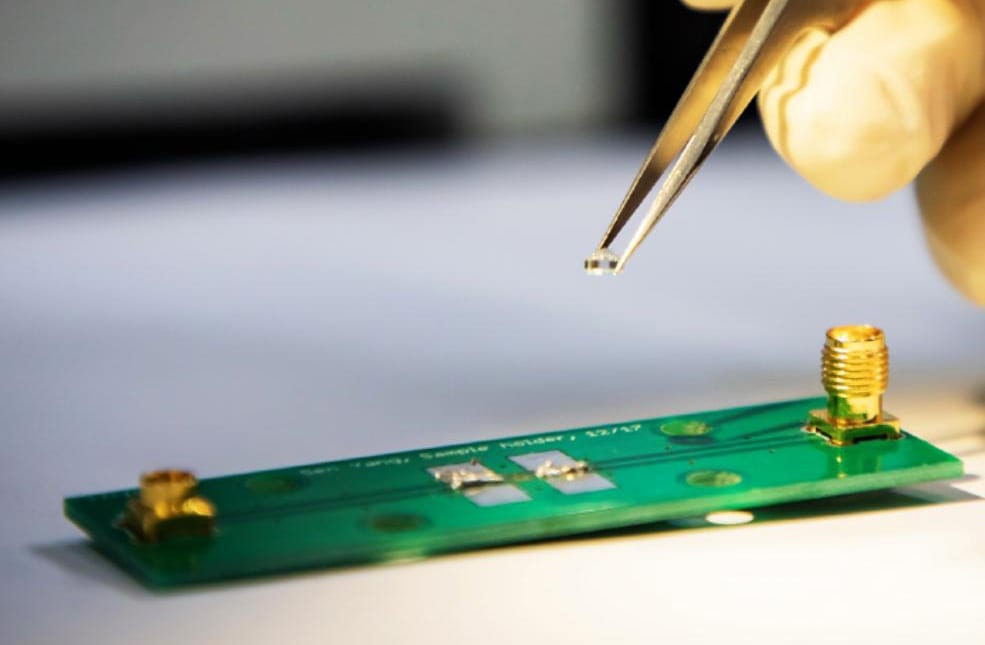English
繁體中文
简体中文

After five years of effort, the first image of Sagittarius A*, 26,000 light-years away at the centre of the Milky Way, produced by the Event Horizon Telescope, has proved it to be a supermassive black hole. A CUHK scholar and a student from the Department of Physics are Hong Kong’s only participants in the team and have studied the simulation of gas movement and the mechanism of infalling gas around the black hole using supercomputers to help unravel the mystery of black holes.

The birth of the universe is always a mystery, as are its stars and galaxies. A CUHK professor has played key roles in an international astronomers’ 6-year project to produce maps of 10,000 galaxies using a new fibre-bundling technology while also collecting data on 24,000 stars in the Milky Way to help assess star populations in more distant galaxies light years away.

Applications of quantum sensing technology can be found in a wide range of settings, including medical imaging, prediction of weather patterns and even analysis of seismic activity. Professor Renbao Liu from Physics of CUHK has received the 2022 Willis E. Lamb Award for Laser Science and Quantum Optics for his contribution to spin decoherence and quantum sensing research. He and Professor Chester Shu from Electronic Engineering have also been elected Fellows of a prestigious society, highly commending their research achievements.

A material that can respond flexibly to external environment with freely adjustable properties of softness, hardness and size, shows promising potential for developing smart materials used in industrial or protective equipment. All this was once imaginary to many but it has been discovered by a CUHK physics team, using a unique network structure of packed particles to explore the topology of materials at the point of transition to elasticity.

Advancing high-performance chips is the principal ambition of the semiconductor industry. Global demand for electronic products is buoyant. A recent study found that the average calligraphy ink is perhaps key to a low-cost, streamlined and environmentally friendly material deposition technology, helping to cope with the growing demand for chips with high applicability.

Travelling from the core of collapsing stars, newly detected gravitational waves may tell us about the meltdown which leads to these massive supernovas. Thrust into the universe from the explosions of dying stars, their ashes give birth to new worlds, so understanding supernovas is a step to ultimately understanding our origins.

Physics professors Swee Kuan Goh and Sen Yang have been using colour centres in nano-diamonds in a breakthrough technique for exploring quantum materials. The technique, which will revolutionise the design of quantum materials, and will sharpen Hong Kong’s capability in metrology and precision instrumentation.